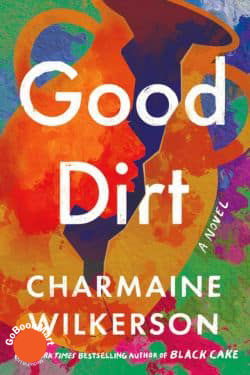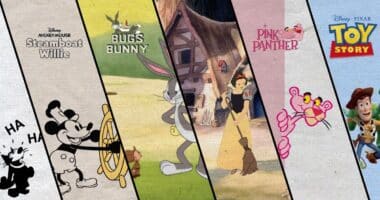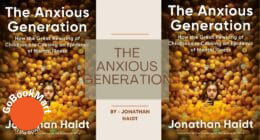Charmaine Wilkerson’s latest novel, “Good Dirt,” released on January 28, 2025, delves into the intricate tapestry of family, history, and personal identity. Following the success of her debut, “Black Cake,” Wilkerson continues to explore themes of heritage and resilience, offering readers a profound narrative that spans generations.
Plot Overview
The story centers on Ebony “Ebby” Freeman, a member of an affluent Black family residing in an exclusive New England community. At the age of ten, Ebby’s life is irrevocably altered when her brother, Baz, is tragically killed during a home invasion. The assailants not only take Baz’s life but also destroy a cherished family heirloom—a handcrafted stoneware jar known as “Old Mo,” created by an enslaved ancestor. This dual loss leaves an indelible mark on the Freeman family, thrusting them into the public eye and setting the stage for a narrative that intertwines past and present.
A Journey Through Time
Wilkerson masterfully weaves together multiple timelines, transporting readers from the contemporary struggles of the Freeman family to the historical experiences of their ancestors. The novel delves into the life of Moses, the enslaved craftsman who created Old Mo, offering insights into the rich history of Black artisans in the American South. Through these historical narratives, readers gain a deeper understanding of the family’s lineage and the significance of their treasured heirloom.
Themes of Grief and Resilience
Central to “Good Dirt” is the exploration of grief and the various ways individuals cope with loss. Ebby’s journey is one of self-discovery and healing, as she grapples with the trauma of her brother’s death and the subsequent dissolution of her high-profile romance. Seeking solace, she retreats to France, only to find that the shadows of her past are not easily escaped. Through her introspection, the novel delves into the complexities of personal identity and the enduring impact of ancestral history.
The Symbolism of “Old Mo”
The stoneware jar, Old Mo, serves as a powerful symbol throughout the narrative. Its creation by an enslaved ancestor and its passage through generations underscore themes of legacy and the preservation of history. The jar’s destruction parallels the fragmentation of the Freeman family, and its story becomes a conduit for exploring the broader African American experience.
Literary Style and Structure
Wilkerson employs a non-linear narrative, interspersing the present-day storyline with historical vignettes. This structure enriches the narrative, providing depth and context to the family’s current struggles. Her prose is both evocative and accessible, painting vivid images that bring the characters and their experiences to life.
Critical Reception
“Good Dirt” has garnered acclaim for its emotional depth and intricate storytelling. Readers have praised Wilkerson’s ability to seamlessly blend historical and contemporary narratives, creating a compelling tapestry that resonates on multiple levels. The novel’s exploration of universal themes, such as family, identity, and resilience, has struck a chord with audiences, solidifying Wilkerson’s reputation as a poignant storyteller.
Conclusion
In “Good Dirt,” Charmaine Wilkerson offers a moving exploration of a family’s journey through grief, identity, and the enduring impact of history. Through the lens of the Freeman family and their cherished heirloom, the novel invites readers to reflect on the legacies we inherit and the stories we carry forward.
Also Read: The Crash: By Freida McFadden (Book Review)











